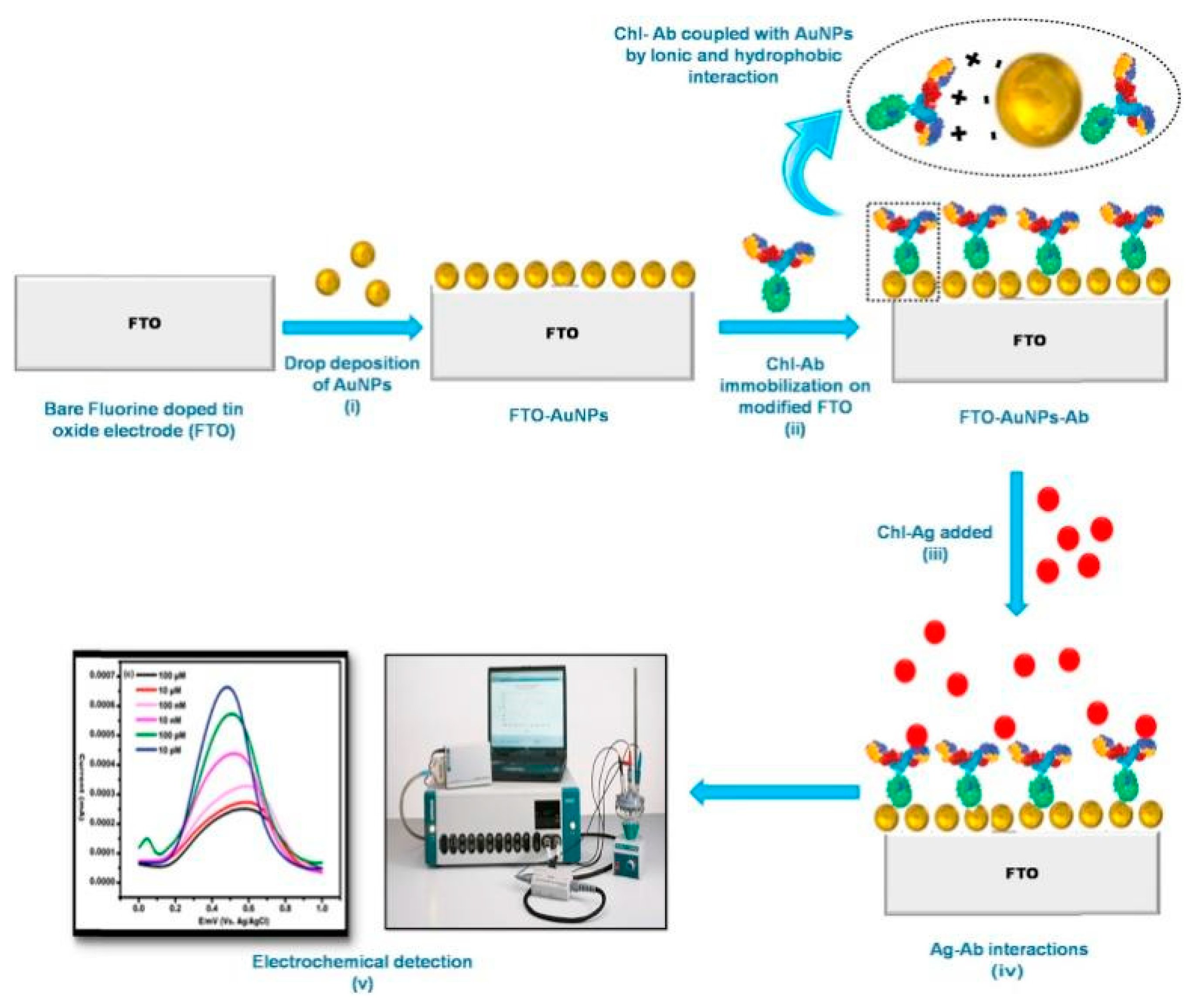Contents

Source: Research Communities by Springer Nature
Understanding Sensitivity in Photonics
In the realm of photonics, the term “sensitivity” is often employed, albeit with varying meanings that can sometimes lead to confusion. In this blog post, we will explore the different contexts in which sensitivity is used, focusing on photodetectors and other photonic devices.
Sensitivity in Photodetectors
Photodetectors, including photodiodes and photomultipliers, frequently invoke the term sensitivity. However, the exact meaning can vary, ranging from qualitative to quantitative interpretations. For clarity, it is essential to distinguish between related concepts like responsivity and detectivity.
Responsivity vs. Sensitivity
Responsivity is a specific measure that denotes the ratio of the output signal, such as a photocurrent, to the optical input power. It provides a quantitative understanding of how efficiently a photodetector converts light into an electrical signal. In many instances, when people refer to sensitivity, they may actually mean responsivity.
Detectivity and Noise-Equivalent Power
Another interpretation of sensitivity is the ability of a photodetector to discern weak signals, which is often limited by noise. The noise-equivalent power (NEP) is a quantitative measure of this aspect, representing the minimum optical power required to produce an output signal equivalent to the noise level. Detectivity, the inverse of NEP, quantifies a detector’s ability to detect low-level signals.
While electronic amplification can enhance responsivity, it does not affect detectivity. Some photodetectors are designed to have higher responsivity, while others focus on maximizing detectivity.
Human Eye Sensitivity
In the case of the human eye, sensitivity refers to its ability to detect weak light signals. The human eye is more sensitive to green light compared to red or blue light, though it lacks a clearly defined output signal or noise level like electronic detectors.
Sensitivity of Devices to External Parameters
Sensitivity also describes how devices respond to external disturbances such as temperature fluctuations, humidity changes, mechanical vibrations, and variations in input wavelengths. Minimizing these unwanted sensitivities through careful design is crucial to maintaining device performance.
Alignment Sensitivity in Optical Resonators
In optical resonators, alignment sensitivity is a critical factor. It quantifies the degree to which resonator mode positions shift due to misalignments. This sensitivity heavily depends on the resonator’s design and can significantly impact performance if not properly managed.
Conclusion
Understanding the various interpretations of sensitivity in photonics is essential for accurately discussing and evaluating photodetector performance and the robustness of photonic devices. By distinguishing between responsivity, detectivity, and other sensitivity-related concepts, one can gain a clearer insight into the capabilities and limitations of these devices.
This blog post provides a detailed examination of the term “sensitivity” in the context of photonics, specifically focusing on photodetectors and other related devices. It aims to clarify the different interpretations and highlight the importance of precise terminology in the field.

Source: MDPI
Feel free to comment your thoughts.



